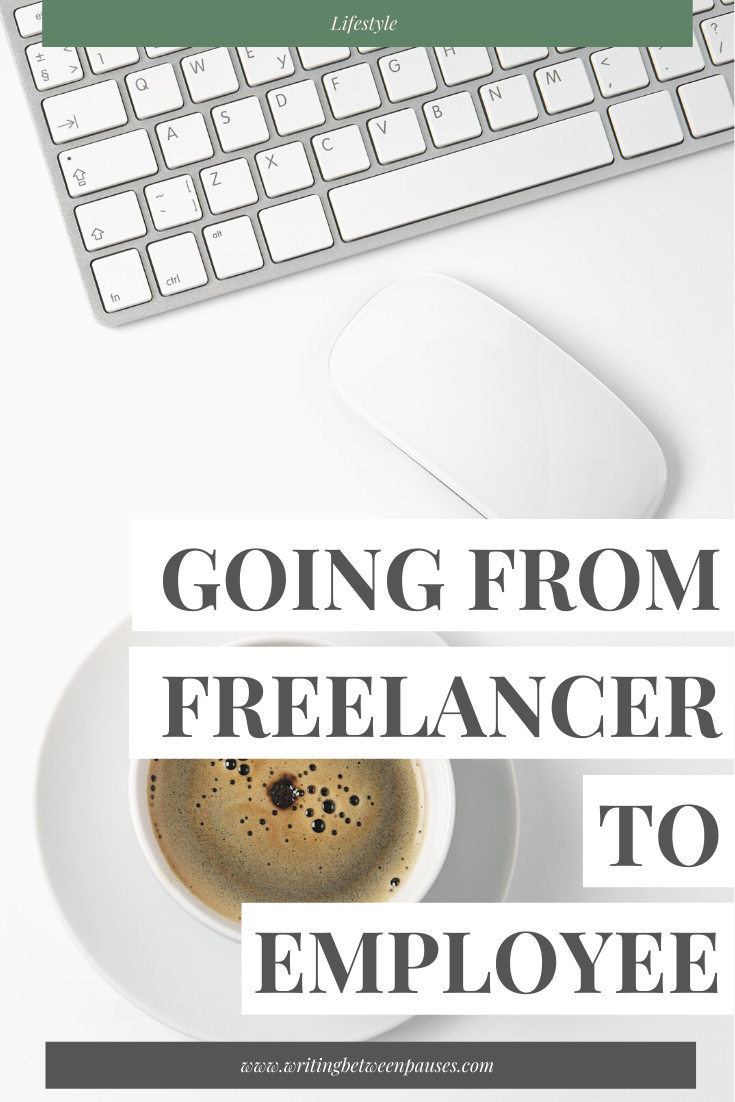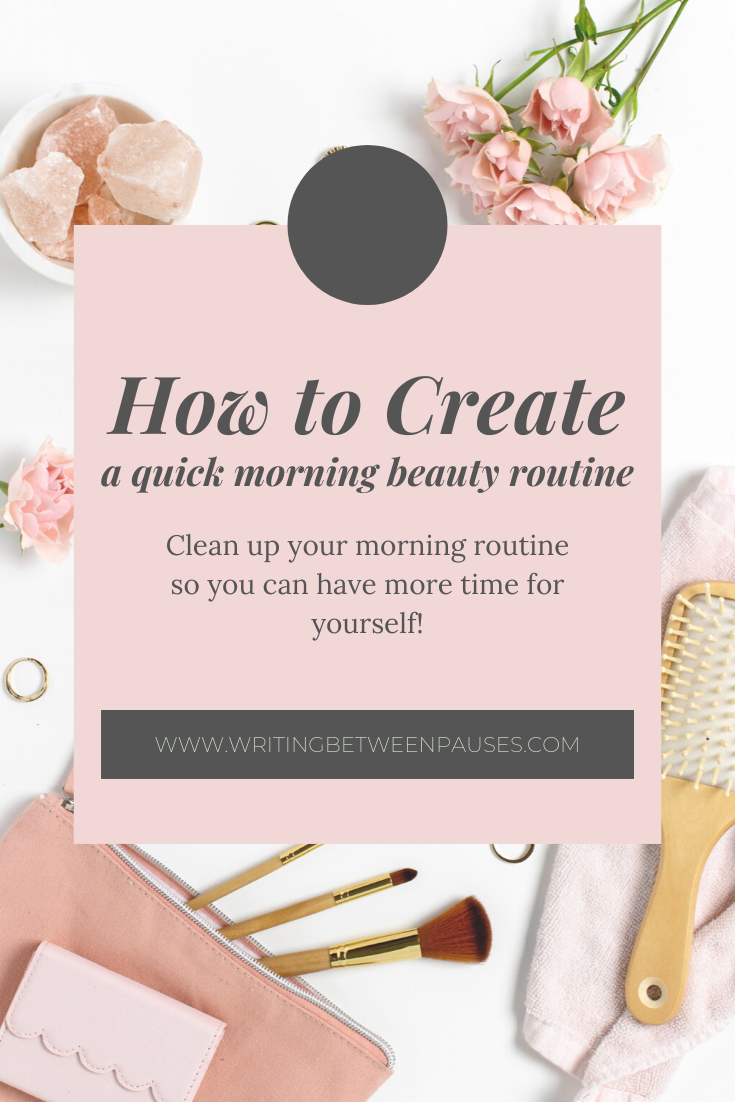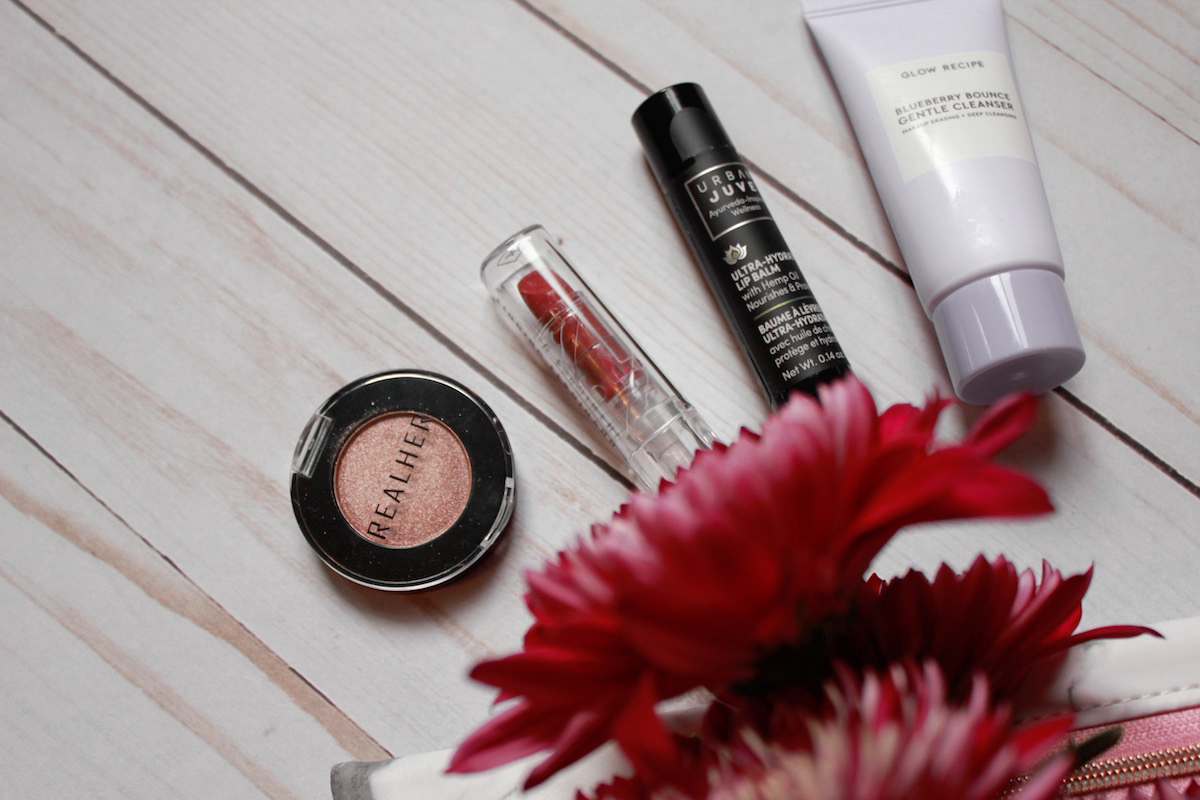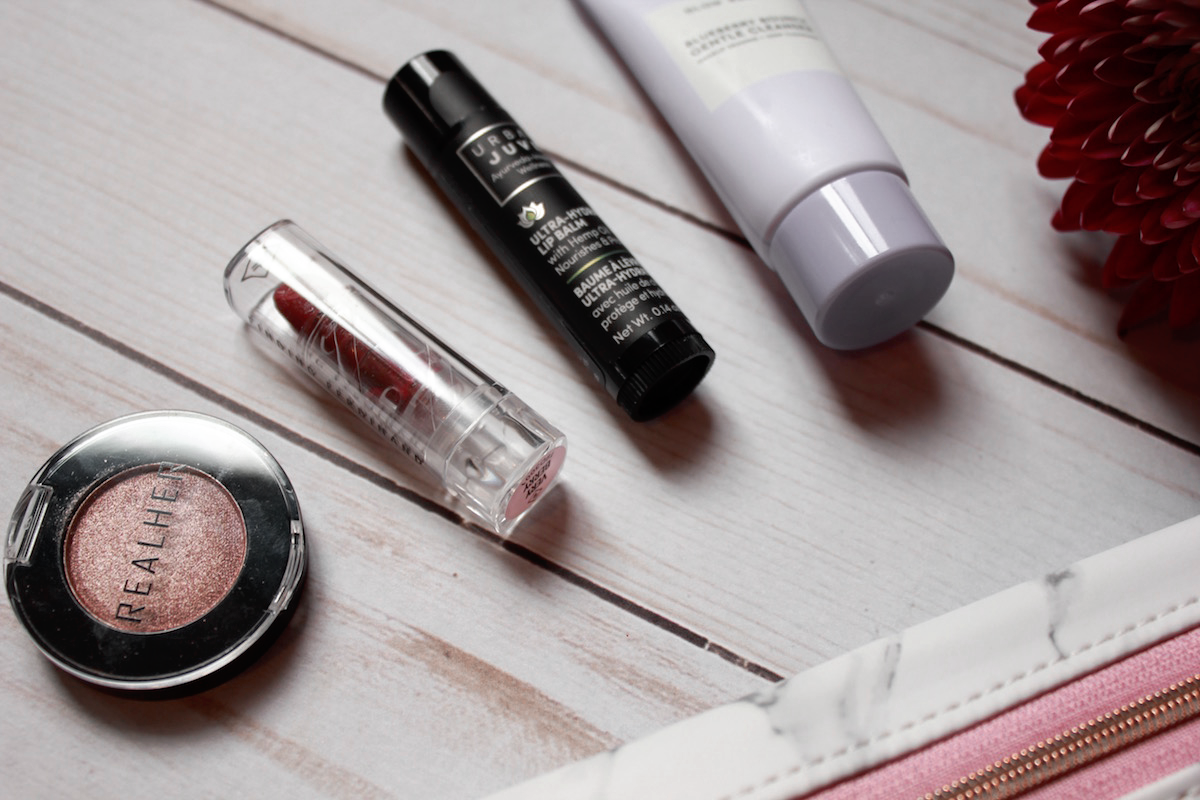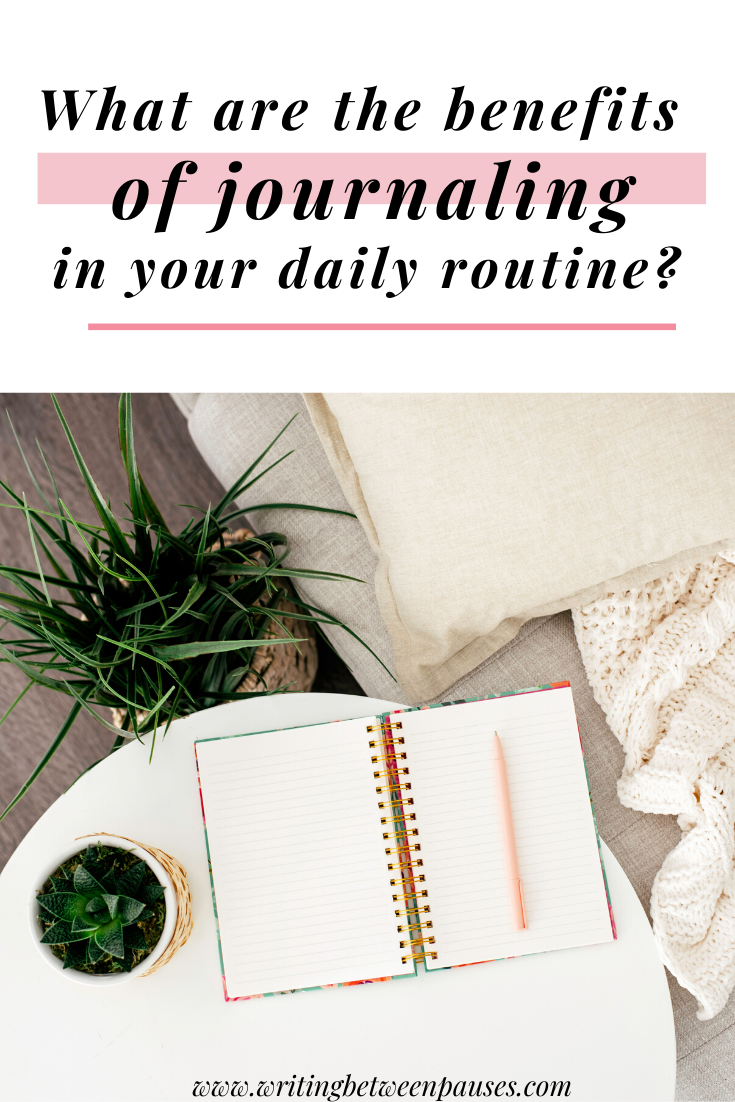A few days ago, I started writing a life lately post about what I’ve been up to lately. I didn’t mean to stop posting here in mid-February… but I did. The reason is that… I started a temp job at a creative agency, which takes up a majority of my time, plus I finally started picking up a bunch of freelance work… which takes up a lot of my time as well. As a result, blogging fell by the wayside.
And then… covid-19.
I have been going back and forth about how much to say. I think at this point—the world is better off with uneducated people saying less and all of us listening to people who do know what’s going on. That’s my stance, really. Listen to the people who know what they are talking about and do not take advice from random bloggers on the internet in regards to medical information. I think that goes for the rest of the time we’re alive, but especially now.
Very late on Thursday last week, we got news that schools in Oregon would be closed until the end of March. That meant Danny won’t be at work for the next 2 1/2 weeks. Forrest won’t be in school either. And I’ll be working from home on about 60+ hours worth of freelancing and contract work. Great!
How can I make this work?!
Here’s the thing about schools closing: on one hand, I completely understand that social distancing will keep people healthy and safe, and reduce the risk of catching and spreading covid-19; but on the other hand, schools are a stabilizer for many children in my community. And I don’t just mean children who rely on meals at school (although that is a very, very pressing issue); schools help kids feel safe in their routine.
I knew immediately I needed to set up structure in Forrest’s life to make sure we didn’t all lose our minds. And now, three days in, I can tell you I feel pretty good about my choice.
I wanted to share how I designed a schedule for us. It’s nothing strict. I’m not doing full homeschooling; I do not have the education or ability to do that. But having activities and structure is really important for Forrest; I wanted him to have opportunities to learn something new, try an activity, and play, which would also give me time to focus on my work.
First things first, I made a quick daily schedule template that I printed off for every single day. I have a blank version here that you can download for yourself—or you can use it as a starting point to design your own. Forrest and I are both early risers, so that is reflected in our schedule, unfortunately.
Once I had it printed, I started filling in blanks as I was able to, such as meal ideas.
Then, I started looking for educational resources to do at least 2 lessons per day.
What Resources Did I Find for Pre-K Students?
There is a lot out there for preschool, pre-k, and kindergarten, fortunately. (And actually, homeschooling blogs do a lot of good work! I’m honestly really amazed.) I wanted to share the 4 resources I used the most. They are:
Scholastic Learn at Home: Scholastic has put together lesson plans for pre-k and kindergarten (as well as other age groups!) that include free access to Book Flix and the Watch & Learn Library. Right now, they only have a weeks worth of lessons up, but they provided a good starting point for me in terms of picking themes. Plus, having access to Book Flix means I have access to a ton of books I can read to Forrest whenever he gets bored. I just log in on my phone and go from there!
All Kids Network: I’m a big worksheet fan. You’ll probably be able to tell pretty quickly, but I found it easier to center our activities around a worksheet. It’s cheap and easy and means I don’t have to run to the store for craft supplies that I don’t have. All Kids Network is free to sign up and has a ton of free, printable worksheets. I used a lot of resources from here.
123 Homeschool 4 Me: This was my most used resource! This link is to the entire preschool and pre-k library. I used a ton of their resources, specifically related to spring and holidays. Their Alphabet Search pages are particularly fun and 3 days in, have become Forrest’s favorite thing to do. I just print a few and let him go!
Pinterest: It goes without saying that if I’m looking for something, I’m looking on Pinterest. If I had a specific idea for something, I searched for it on Pinterest first. As an example, one of the Scholastic lesson plans uses a book about the moon; I knew Forrest would love that, but I didn’t have stuff for the craft they recommend. I searched “moon pre-k worksheet” and bingo! Found one immediately. Download, print, and done. I started saving all my favorite worksheets in a single board so I can return to them when I need them.
What Else Can I Do?!
I know organizing a schedule like this is not everyone’s bag. But the thing is, if you’re working remotely, structure will help you get your work done and not spend all your time yelling at your kid! Sanity is important. I’m not anti-screen time, but I don’t want Forrest watching the Simpson’s at 3pm every day (because that’s often the only thing on TV!!), you know?
Even if you don’t want to do a full schedule, I do recommend picking a few things to do every day. You don’t have to do specific lesson plans, but you can structure and make each day fun. Here are a few ideas to get started:
Plan to spend time outside. You don’t have to go anywhere. But get your kids outside, even if it’s cold. Bundle up in coats and set up some washable paints or sidewalk chalk on the driveway. Or, better yet, do a short nature scavenger hunt. Go for a walk around the block.
Pick one or two educational things each day. This will keep your kids brain’s active, as well as their bodies. They’re going to have a TON of energy!! Harness is with some crafts, worksheets, stories, and songs.
Plan for quiet play time. I know some kids struggle with this, and I get it. But we set aside one hour in the morning and one hour in the evening for quiet play time. Forrest goes in his room and shuts the door. Thankfully, Danny’s office is right next to Forrest’s room and my office is right below Forrest’s room, so we can track him through sound. He’s gotten better each day about playing independently, giving us both at least two solid hours for phone calls, team check ins, or silent screaming because we miss other human beings.
Make it fun. I think a lot of parents have approached this time with dread. And I totally get it. It’s overwhelming; everything is scary; we don’t know how long this is going to last. I think there are ways to make it fun for kids though. We are planning to a “family camp out” in the living room on Friday; we’ve been having Forrest help us with dinner, as well as cleaning up every day. Make things fun for kids, let them use their energy, and, most importantly, use this time to reconnect.
I hope you find these resources helpful! I know it’s a crazy world out there, but stay safe, stay healthy, and help your neighbors.



